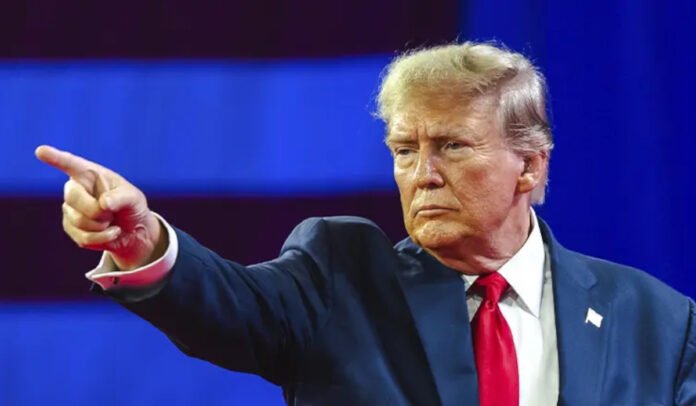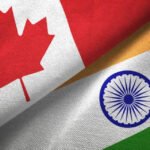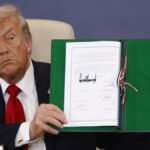In a frank admission, US President Donald Trump acknowledged that imposing a 50% tariff on Indian goods over its purchase of Russian oil has strained the relationship between the two nations. Speaking in a television interview, Trump described the tariff measure as “not an easy thing to do” and emphasized that it was a substantial step with real diplomatic consequences.
Trump defended his decision by pointing out that India has been one of Russia’s largest oil customers. “I put a 50% tariff on India because they’re buying oil from Russia,” he explained. “That’s not an easy thing to do. It’s a big deal. And it causes a rift with India.”
India has reacted sharply to the tariffs. The measure has sparked widespread public outrage and heightened anti-US sentiment. Many Indian exporters and industry leaders warned that the steep duty could damage trade flows and undermine long-standing commercial ties.
Officials in the US said that additional tariffs were added to earlier ones. India was first hit with a 25% tariff tied to its continued purchase of Russian crude; this was later doubled to 50% starting August 27. The aim, according to the administration, is to pressure nations that have not adopted stricter policies toward purchasing Russian oil amid sanctions.
While trade negotiations continue between the US and India, tensions remain high. Trump indicated he would be willing to speak with Prime Minister Narendra Modi to find solutions, suggesting that the administration aims for a reset in trade relations despite current disagreements.
The tariffs have implications beyond politics. According to India’s Chief Economic Adviser, V. Anantha Nageswaran, these duties could shave off 0.5%–0.6% from India’s GDP growth in the current fiscal year if the situation persists. Export-dependent sectors, especially those relying heavily on US markets, may be hardest hit.
Merchants and exporters in India are evaluating options—some may reroute goods to alternate markets, while others are pushing for trade negotiations to roll back or soften the tariffs. There is concern that the steep levy could redirect global supply chains, affecting producers in India and beyond.
Experts believe the “rift” Trump mentions could extend beyond trade. Diplomatic relations, defence cooperation, and geopolitical alignment all appear to be under subtle strain as both sides weigh national interests with global responsibilities.
Trump’s move has also drawn criticism from international analysts who argue that such high tariffs may backfire by pushing affected countries toward greater economic cooperation with nations like Russia and China.
As of now, discussions are underway. US officials have voiced hope that India’s commerce minister’s upcoming visit to Washington will help smooth over differences. Whether this results in a formal adjustment of the tariff policy remains uncertain.


























